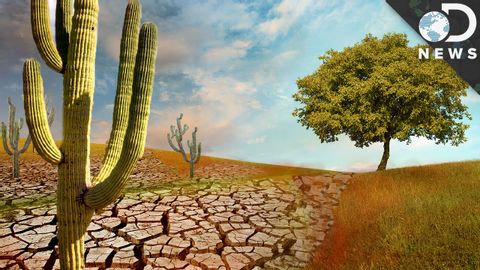地球上的沙漠正在擴大,而我們卻無能為力。 (Earth's Deserts Are Growing And There's Nothing We Can Do)
richardwang 發佈於 2021 年 01 月 14 日  沒有此條件下的單字
沒有此條件下的單字- v.t./i.吹動;吹氣;擰(鼻涕)
- n.打擊;噴氣;吹氣;擊打
- v.i.吹;燒斷
- v.t.錯失;飛吻
- phr. v.炸毀
- v.t./i.變化,改變;轉移,移動;輪班
- n. (c./u.)轉移;輪班職工;班;輪班;輪班;連衣裙;地殼變動;換檔鍵;換檔
- adj.輪班的
- v.t.換(衣服);兌換,比如紙幣換硬幣;更改;更換,交換;改變;更改
- n. (c./u.)替換的衣服;零錢;找零;做出改變

